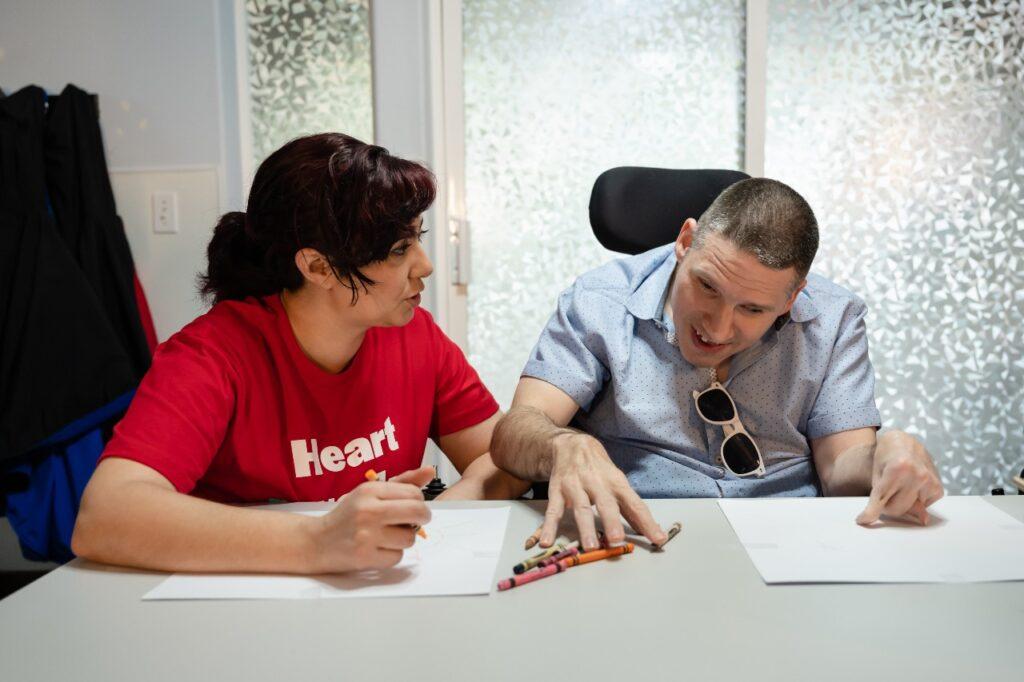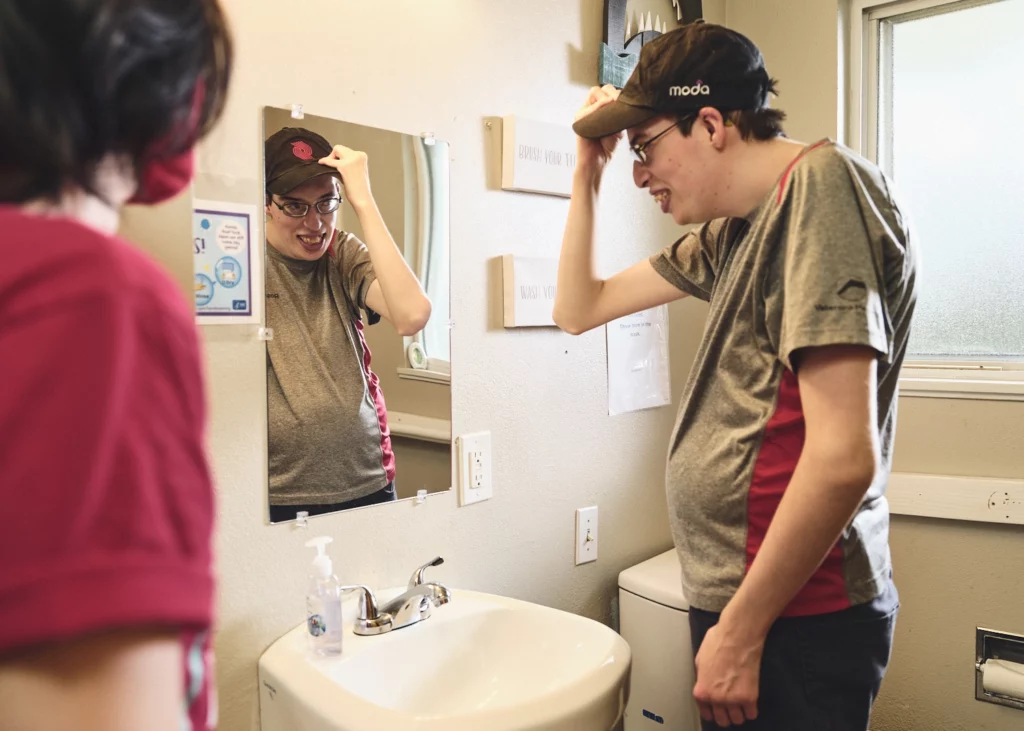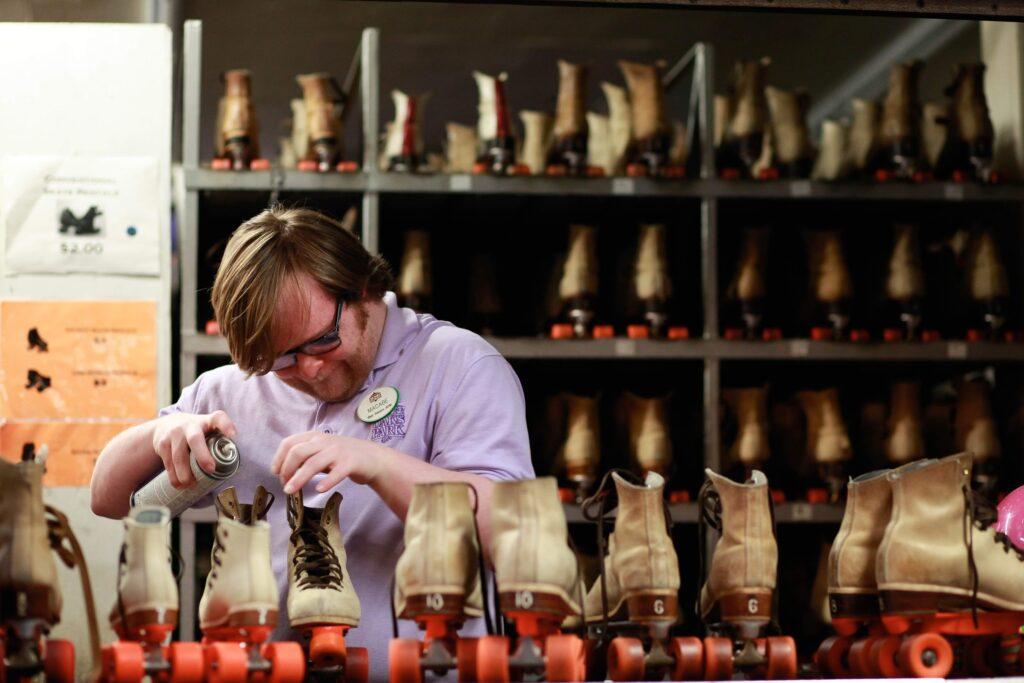Explore the ALSO Children’s Homes Wishlist and help fill the season with joy for the children supported by ALSO.
Explore the ALSO Children’s Homes Wishlist and help fill the season with joy for the children supported by ALSO.

“We rise to great heights by a winding staircase of small steps.”
-Francis Bacon
The process of advancing from living life as a teenager to taking on the responsibilities of young adulthood can be exciting and challenging. We go from being a free-spirited high school student to a young adult in almost a blink of an eye—and faster than that if you are a parent of one of these young people!
At ALSO, we know these challenges well. We provide lifelong disability support and services for people with intellectual and developmental disabilities and their families.
The key is a series of small steps beginning early in adolescence that, when well-planned and well-supported, add up to major success and positive outcomes toward a satisfying and productive adulthood.

Transition services are processes and programs1 that help students with disabilities prepare for life after graduation from high school. It involves planning for post-secondary education, employment, health care, finances, and housing.
To help students achieve the highest possible level of success in the least restrictive environment, they need to be connected to disability-related support services and programming. Ideally, this should begin when young people are between 14 and 16. This helps them to make informed choices about their options and things that are important to them including,
LEARN MORE: How the Individuals with Disabilities Education Act guides the youth to adult transition process.2
Society is just now beginning to acknowledge the extensive barriers that people with disabilities must contend with to gain full community inclusion. Many preconceived notions interfere with positive transition outcomes. For example,

Helping kids with disabilities speak up for themselves3 starts early. It begins with seemingly minor choices like what clothes to wear in the morning. Through these choices, kids learn that their desires and needs are worthy.
The value of self-advocacy expands greatly in the school years – when kids use available resources to help them achieve academic, social, and employment goals.
According to educational specialist, Taina Coleman, MA, Med, “Self-advocacy is a skill that’s part of self-determination, which is the idea that you are in charge and in control of your own life.”
A circle of supportive friends, family, and service providers with good knowledge of their disability is a definite advantage to transition-age youth. Other support system members could be:
Even though the transition planning process begins early, it’s appropriate to encourage awareness of how finances impact things like social security, adult care, community living, and college expenses. If discussed in a positive manner, these communications can be empowering.
Although experts recommend that the transition plan begin early during the school years,4 they shouldn’t be set in stone. This is because, as humans…our lives will undoubtedly change. Check out these examples:
Adapting to such changes is key to a successful transition into young adulthood.
It’s no secret that most of us identify ourselves by our employment. This is the same (or more important) for persons with disabilities. For many, employment is their primary link with society.
When individuals with disabilities can function in the world of work, they reap many benefits, including:
The amazing result of effective partnerships between employers, supported employment professionals, and, of course, employees, is that more equitable and inclusive communities can flourish.

If you have a loved one with a disability, there’s much you can do to help them transition to young adulthood. One of the best steps you can take is to encourage and celebrate self-advocacy (see our advice above).
In addition, you can:
LEARN MORE: How Can I Support a Family Member or Friend with a Disability?
ALSO is committed to taking the necessary steps for the people we support through our disability support services. We are firm in our belief that successful transition planning from youth to adulthood for people with developmental and intellectual disabilities is well within reach.
Looking to learn more about ALSO? Click here to discover what we’re all about.

Sign up for our newsletter to get our latest news, content, and job opportunities.
Help us ensure that everyone has the same opportunities in their home, workplace and community. Let’s make dreams!
